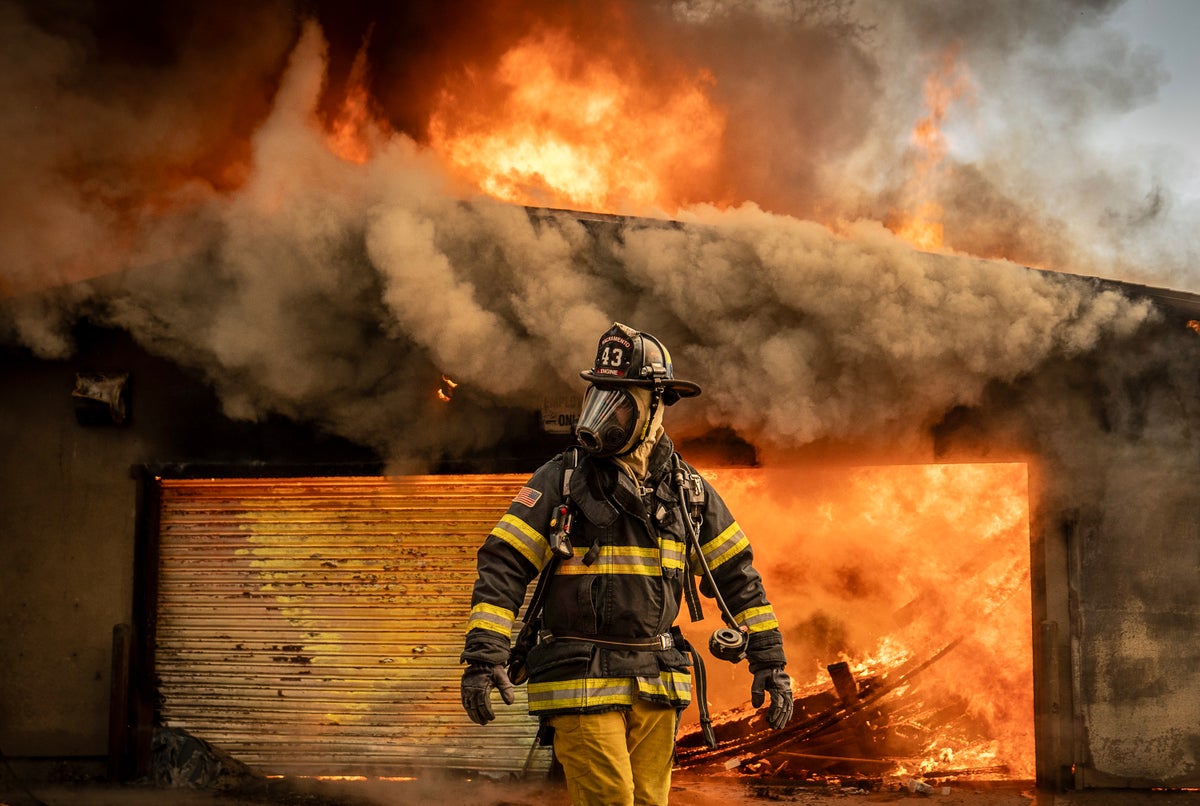Editors’ Highlights are summaries of recent papers by AGU’s journal editors.
Source: Journal of Geophysical Research: Solid Earth
Caldera formation during volcanic eruptions results from recurrent frictional slips on the caldera wall. They serve as natural rock friction experiments with a relatively well-constrained loading history.
Crozier and Anderson [2024] developed a two-dimensional axisymmetric model to simulate recurrent earthquakes during the 2018 Kīlauea Volcano eruption in Hawaii, the best-monitored caldera collapse event. Considering compressive viscous flow in the magma reservoir, dynamic elasticity, and rate- and state-dependent friction law on the caldera wall makes their model more realistic than the preceding ones. They demonstrate that realistic rock properties and caldera geometry can explain most of the observations. Their modeling also implies that a fault is stabilized after a cumulative slip of 10 to 100 meters.
This study will serve as a milestone not only for further understanding of the mechanics of caldera formation but also to gain more insights into fault friction.
Citation: Crozier, J., & Anderson, K. R. (2024). Earthquake cycle mechanics during caldera collapse: Simulating the 2018 Kı̄lauea eruption. Journal of Geophysical Research: Solid Earth, 129, e2024JB028886. https://doi.org/10.1029/2024JB028886
—Yosuke Aoki, Associate Editor, JGR: Solid Earth
Text © 2024. The authors. CC BY-NC-ND 3.0
Except where otherwise noted, images are subject to copyright. Any reuse without express permission from the copyright owner is prohibited.
Related



















Discussion about this post